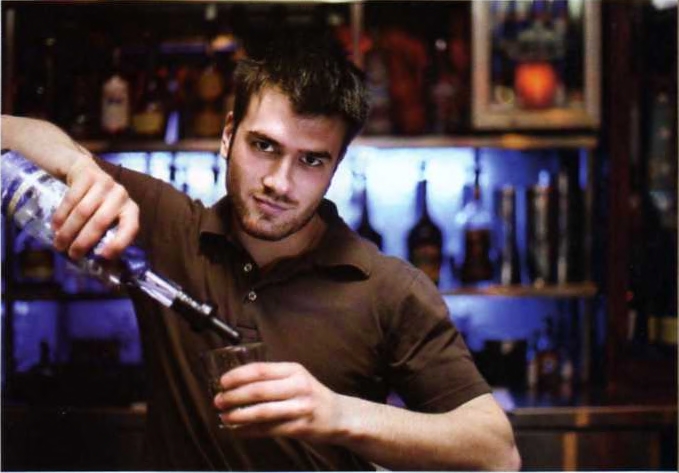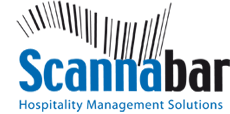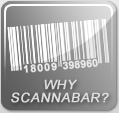News Articles
GUARDING LIQUID ASSETS
What Every Operator Should Know About Lowering and Controlling Pour Costs
BY MICHAEL HARRELSON, Nightclub & Bar Magazine
Every venue with a beverage component as part of its sales and revenue makeup has a vested interest in paying close attention to its pour costs. After all, whether it's a high-volume nightclub, a neighborhood bar, a restaurant or a hotel, pour costs represent one of two primary expenditures in the beverage trade along with the house's per diem outlay for labor.
As fundamental as pour costs are to the bar business, however, and as many tools as there are out there to control and lower them, beverage consultant Ray Ford says over-pouring, shrinkage, and lack of control and understanding about the unit cost of serving a drink still are the biggest problems confronting the on-premise channel of the beverage industry today. Estimates of losses reach into the millions of dollars each year.
"Basically, the pour cost can be the difference in profit and loss," says Ford, president of Ford Management Services Inc, a Roseburg, Ore., consulting firm that specializes in helping venues achieve and maintain the correct pour costs for their individual operations.
No operator or operation is immune from risk, Ford says, whether the method involves drawing lines on bottles or periodically taking inventory to determine pour costs--as is still the case in many mom-and-pop operations — or through the use of sophisticated POS technology that in the end, is only as effective as the operator who is using it.
Finding the Right Pour/Cost Ratio
Perhaps one of the biggest mistakes that operators make in attempting to manage pour costs is assuming that there is one magic percentage or ratio that fits every style of venue out there.
"People ask, 'What should my pour costs be?" says Ford, whose own industry experience includes number crunching for such well-known national beverage chains as Bobbie McGee's. "I always tell them, 'There is no standard number. In high volume operations, pour costs may be very low, and in neighborhood bars, they may be high because you have less volume."
The trick, he says, is for an operation first to determine where it naturally fits on the pour-cost scale and then manage its total environment accordingly. For example, bars and lounges that tend to focus on premium Martini cocktails and other specialty drinks typically have high pour costs by the very nature of the brand and the clientele that it attracts.
"Let's say you are an operation that attracts customers who like to drink Crown Royal and Jack Black call items," he says. "Many people who drink call brand spirits like for their drinks to be made strong, so operators pour bigger, stronger drinks."
 As a counter to these high-cost specialty cocktails, Ford says operators also need items on the beverage menu that sell well above pour costs.
As a counter to these high-cost specialty cocktails, Ford says operators also need items on the beverage menu that sell well above pour costs.
"I can sell shooters for $2 that have a pour cost of 50 cents, and if I do a high volume of those low-cost items, then I can offset the high cost items. This sales mix allows me to achieve that number."
Perpetual Inventory
Once an establishment has determined where if fits on the pour-cost scale, the magic number that guarantees sustainable profitability then can be maintained and even lowered, thus raising revenue even more, with the right mix of inventory control and security.
Regardless of whether an operator calculates pour costs based on unit price per half-gallon or liter and the number of empty bottles in his or her liquor storage area, or relies on POS systems to track pour costs, the goal should be to look at the inventory on a regular basis, Ford says.
"You need to know where your business is at all times, and what is in storage and at the bar down to the shot. I advise operators to look at pour costs daily, so that it does not get away from them."
To be sure, bar managers who rely on the eyeball method may be at more of a disadvantage in terms of the labor and time required to do inventory by hand on a daily basis, yet Ford says even POS systems that allow for daily tabulations of pour costs are not without their drawbacks.
"The downside is, many operators do not look at daily pour costs," he says. "Some wait 10-15 days (to check costs). So if pour cost is high, it has been that way for several weeks, and there is nothing that can be done about it."
Along with the right sales mix and inventory system, Ford says security is key in keeping bartenders and cocktail waitresses honest and pour costs low.
"Over-pouring is something that happens in every bar, and something that needs to be monitored all the time," Ford says. "Some operations rely on sophisticated video surveillance, and some have shoppers who sit at a bar and see if the bartender is giving away drinks. There are hundreds of scams that people use to give away drinks that end up looking like high pour costs."
One of the really attractive aspects of the more sophisticated POS systems available today, Ford says, is that they double as backup security systems by keeping track of exactly who is responsible for an over-pour or a discrepancy in inventory and sales and when it occurred.
"I need to know that what I am selling is being sold in the proper proportion and at the proper price."






